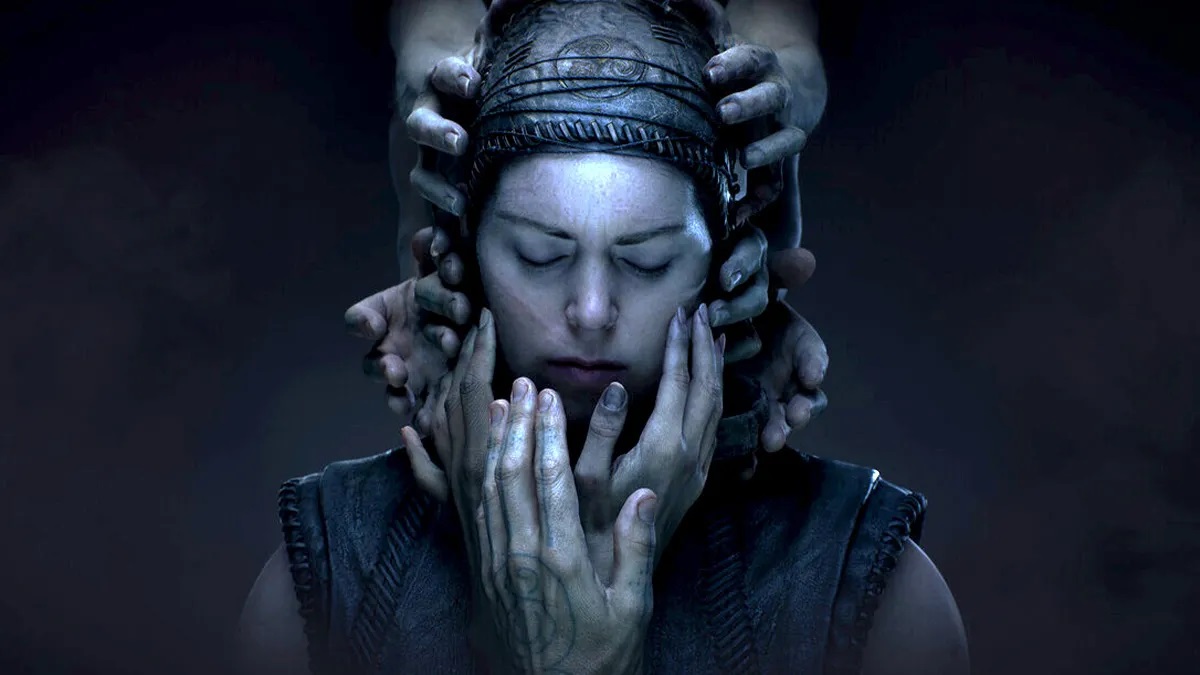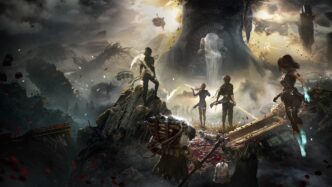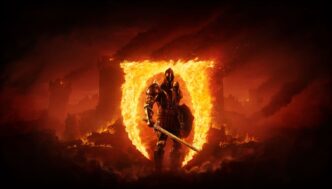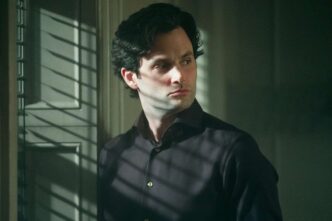Ninja Theory’s highly anticipated sequel to the groundbreaking Hellblade: Senua’s Sacrifice has finally arrived, and it’s proof of the studio’s unwavering commitment to crafting deeply personal, emotionally resonant experiences that push the boundaries of storytelling in video games. Senua’s Saga: Hellblade II is a harrowing journey into the depths of the human psyche, a masterful blend of stunning visuals, immersive audio, and raw, unflinching narrative that will leave you breathless and pondering the nature of reality itself.
Set in the haunting, mist-shrouded landscapes of 10th century Iceland, Hellblade II picks up shortly after the events of the first game, with Senua embarking on a quest for revenge against the Norse gods who have wreaked havoc upon her life. The story is a deeply personal one, focusing on Senua’s internal struggle with her own psychosis and the weight of her past traumas. It’s a tale that is at once mythic in scope and intimately human in its execution, as Senua grapples with the ghosts of her past and the demons of her own mind.
What sets Hellblade II’s narrative apart from its predecessor is the inclusion of a supporting cast of characters who join Senua on her journey. While the first game was a largely solitary experience, with Senua alone in her struggle against the darkness, Hellblade II introduces a handful of companions who aid her in her quest.
There’s Dillion, Senua’s lover from the first game, who appears to her in visions and memories, a haunting reminder of all she’s lost. There’s also a young girl named Hedda who becomes a sort of surrogate daughter to Senua, a symbol of the innocence and purity that Senua fights to protect.
These characters are more than just plot devices, however. They are fully realized beings with their own hopes, fears, and motivations, and their interactions with Senua form the emotional core of the game. Through them, we see Senua’s struggle in a new light, not just as a battle against external forces, but as a deeply personal journey of self-discovery and healing.
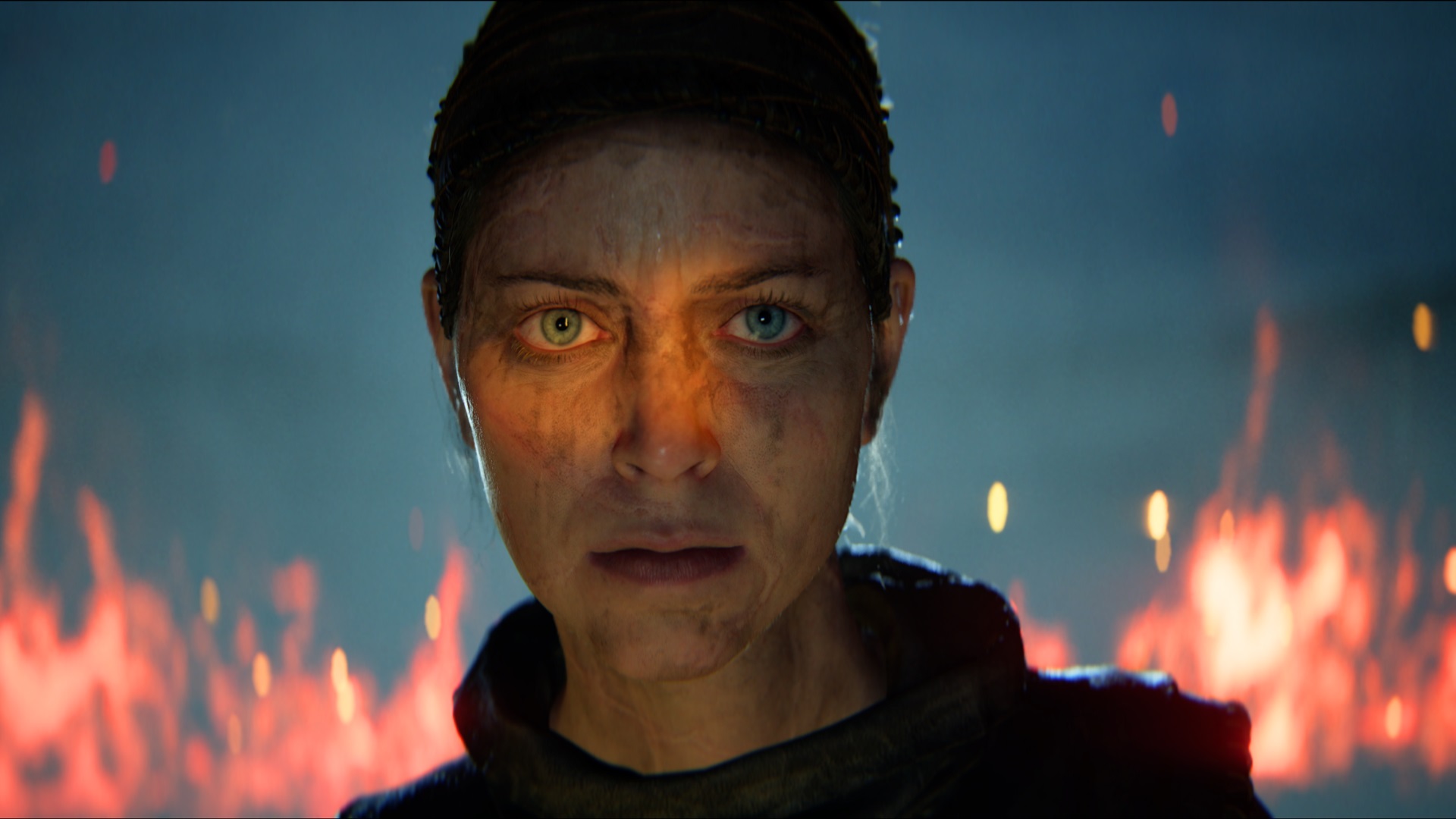
But not all is well in the realm of Hellblade II’s storytelling. While the inclusion of a supporting cast is a welcome addition, there are times when these characters can feel underutilized or even superfluous. Dillion, in particular, feels more like a ghost than a fully-realized character, his appearances often serving more as a reminder of Senua’s past trauma than as a meaningful addition to the story.
And while Hedda’s presence adds a much-needed element of light and hope to the otherwise bleak and oppressive atmosphere, her character arc feels rushed and underdeveloped. We never quite get a sense of who she is beyond her relationship to Senua, and her ultimate fate feels more like a footnote than a satisfying conclusion to her story.
These issues are compounded by the game’s relatively short length, clocking in at around 7-8 hours. While the focused, linear structure allows for a level of cinematic storytelling that is truly impressive, it also means that some of the game’s more interesting ideas and themes don’t quite have the room to breathe. The pacing can feel a bit uneven at times, with stretches of exploration and puzzle-solving that drag on a bit too long, while the more action-packed sequences feel over almost as soon as they begin.
Speaking of puzzles, this is another area where Hellblade II stumbles a bit. While the game’s environmental puzzles are often visually striking and thematically resonant, they rarely offer much in the way of genuine challenge or complexity. Most of the time, the solution is simply a matter of finding the right angle or perspective, or of following a set of relatively straightforward instructions. It’s a shame, because the game’s world is so rich and detailed that it feels like a missed opportunity not to have puzzles that engage with it in more meaningful ways.
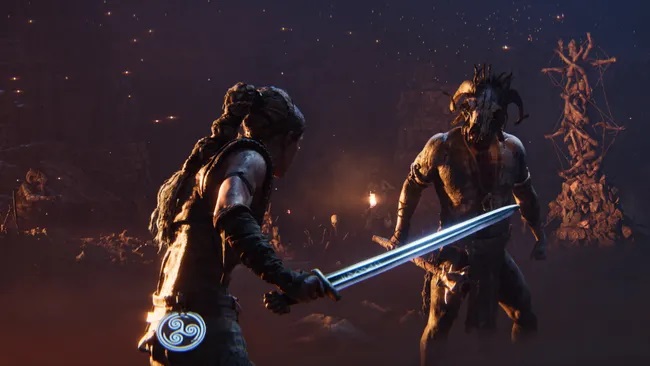
The combat, too, can feel a bit one-note at times. While the visceral, up-close-and-personal style is certainly effective at conveying the brutality and desperation of Senua’s struggle, it can start to feel repetitive after a while.
There’s not much in the way of enemy variety, and the lack of any real progression system or skill tree means that the combat doesn’t evolve much over the course of the game. It’s not a deal-breaker by any means, but it does feel like a bit of a step back from the more nuanced and varied combat of the first game.
But perhaps the most glaring flaw in Hellblade II is its performance on the Xbox Series X. While the game is undeniably gorgeous, with some of the most stunning visuals and immersive audio design in any game to date, it’s not without its technical issues. Frame rate drops and screen tearing are a frequent occurrence, especially in some of the more graphically intensive areas of the game. And while the game’s use of ray-tracing and other advanced rendering techniques is certainly impressive, it can also lead to some distracting visual artifacts and glitches.
It’s a shame, because when Hellblade II is firing on all cylinders, it’s truly a sight to behold. The game’s use of photogrammetry and motion capture technology is nothing short of astounding, with character models and environments that look and feel almost unnervingly real. And the game’s audio design is equally impressive, with a haunting score and immersive sound effects that work together to create a truly transportive experience.
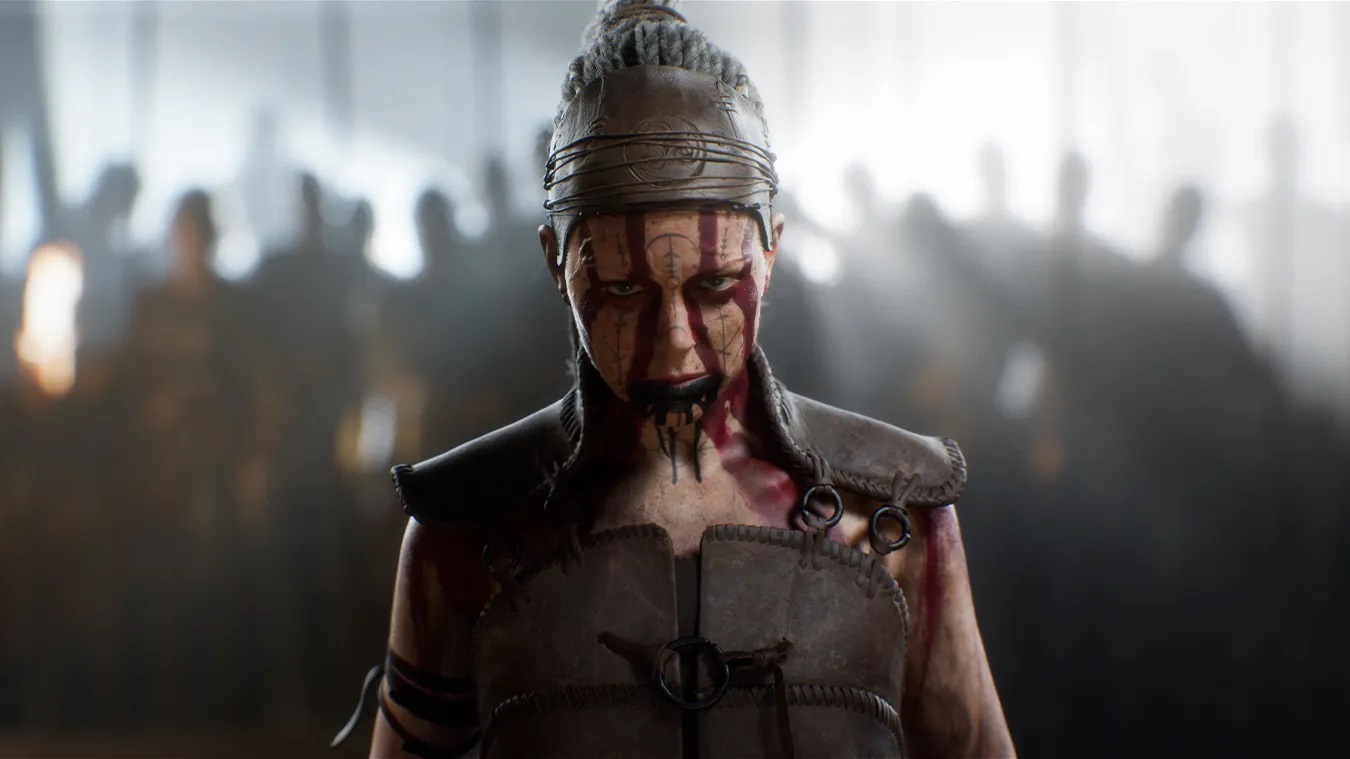
But even with these technical hiccups, there’s no denying the raw emotional power of Hellblade II’s storytelling. The game’s unflinching portrayal of mental illness and trauma is both harrowing and deeply moving, and its message of hope and resilience in the face of unimaginable adversity is one that feels more relevant than ever in today’s world.
And it’s in these moments, when the game is at its most raw and uncompromising, that it truly shines. The scenes of Senua’s hallucinations and delusions are some of the most powerful and affecting in any game to date, and the way the game uses its audio and visual design to convey the subjective experience of psychosis is nothing short of masterful.
But even outside of these moments of intense psychological horror, Hellblade II finds ways to surprise and delight. The game’s world is rich and detailed, filled with hidden secrets and optional paths that reward exploration and curiosity. And the game’s use of Norse mythology and Icelandic folklore is both respectful and imaginative, weaving together threads of history and legend into a tapestry that feels wholly unique.
In the end, Senua’s Saga: Hellblade II is a game that is greater than the sum of its parts. Its flaws are undeniable, from its uneven pacing and repetitive combat to its technical hiccups and underutilized supporting cast. But even with these issues, there’s no denying the raw emotional power and unparalleled immersion of the experience.
For fans of the first game, Hellblade II is a must-play, a worthy successor that builds upon the strengths of its predecessor while carving out its own unique identity.
And for those who have never experienced Senua’s journey before, this is the perfect place to start, a harrowing and unforgettable journey into the heart of darkness that will leave you changed on the other side.
It’s not a perfect game, by any means. But it is a deeply personal and uncompromising one, a game that dares to tackle some of the most difficult and uncomfortable aspects of the human experience with honesty, empathy, and grace. And for that, it deserves to be celebrated, flaws and all.
